How to Prepare for the Next AWS or Azure Outage

The next major cloud outage is coming. Here's how to prepare your infrastructure and respond fast, when it does.
Published on
November 6, 2025
Scheduled Shutdown and Restart in Kubernetes

This blog explores the benefits and techniques of scheduled shutdowns and restarts in Kubernetes to help organizations optimize costs and improve resource efficiency. By using Kubernetes CronJobs for automation, teams can easily schedule shutdowns during low-traffic hours, minimizing unnecessary expenses. The blog also highlights the role of advanced automation tools like Sedai, which leverage real-time monitoring and autonomous adjustments to enhance Kubernetes cluster management. Additionally, it provides practical tips on implementing Role-Based Access Control (RBAC), troubleshooting common issues, and using scheduling strategies to ensure seamless service continuity without disruptions.
Published on
February 17, 2025
Granulate Alternative: Top Reasons Why Organizations Are Evaluating Sedai as Their New Autonomous Cloud Optimization Platform

After Granulate's shutdown announcement, users are looking for an alternative autonomous cloud optimization solution. See why leading enterprises like Palo Alto Networks and HP trust Sedai to autonomously deliver greater cost savings and performance with zero disruption beyond 2025.
Published on
December 4, 2024
Cutting Revenue Losses with Cloud Optimization
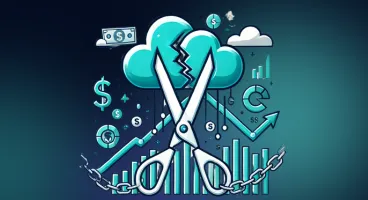
Discover how cloud optimization goes beyond cost-cutting to boost revenue. Learn about FCI, latency, and availability losses, and how to minimize them for maximum profitability.
Published on
August 13, 2024
Reducing Incidents with Autonomous Cloud Management: 7 Lessons from Autonomous Vehicles

The development of autonomous vehicles as a solution to vehicle accidents provides parallels for the development of autonomous cloud management as a path to incident reduction. Explore key lessons on reducing human error, leveraging AI, incremental progress, phased rollouts, and building user trust to enhance system reliability and safety.
Read full storyThe Future is Autonomous: the AI-Driven Revolution in Cloud Management
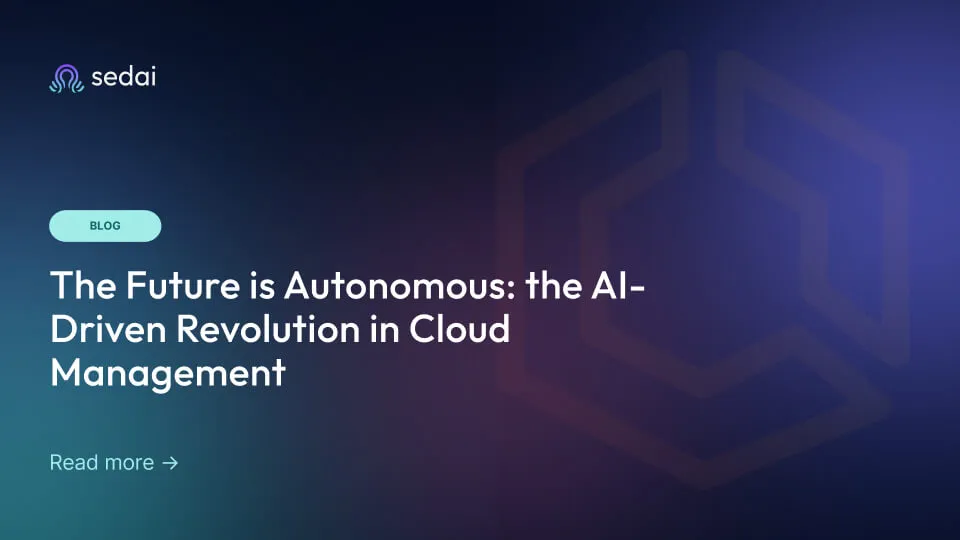
Traditional manual and rule-based automated systems struggle to keep up with the complexity of managing cloud environments leads to persistent issues with cost control and performance optimization. It's time to take the next step in cloud management—AI-driven autonomous cloud management platforms are solving the complexity challenge in modern cloud environments.
Read full storyUsing Amazon S3 Intelligent Tiering
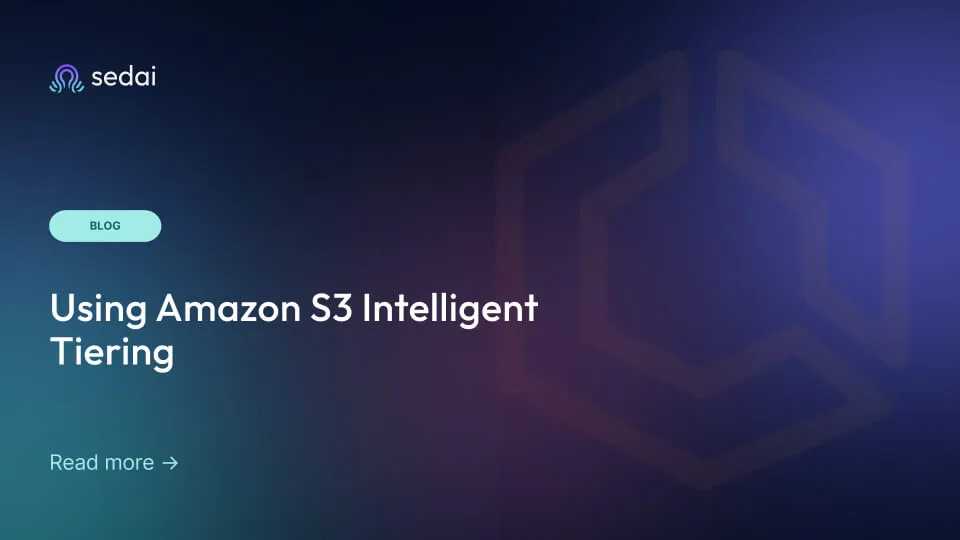
Amazon Simple Storage Service (Amazon S3) is a widely-used object storage service that offers industry-leading scalability, data availability, security, and performance. S3 has a variety of storage classes.
Read full storyUsing Amazon ECS Spot, Savings Plan and Reserved Instances to Optimize Costs

Discover AWS pricing models for ECS in this guide, covering On-Demand, Reserved Instances, Savings Plans, and Spot Instances. Learn how On-Demand instances offer a flexible pay-as-you-go model for fluctuating workloads, and explore the long-term discounts available with Reserved Instances and Savings Plans for predictable usage. Delve into Spot Instances, which provide steep discounts for fault-tolerant or stateless applications. This article also explains how to optimize costs and ensure availability by mixing On-Demand and Spot capacities, with a focus on ECS’s capabilities in automating Spot Instance lifecycle management and integrating with AWS Auto Scaling Groups. Perfect for optimizing your AWS spending strategy.
Read full storyAmazon ECS Optimization Challenges
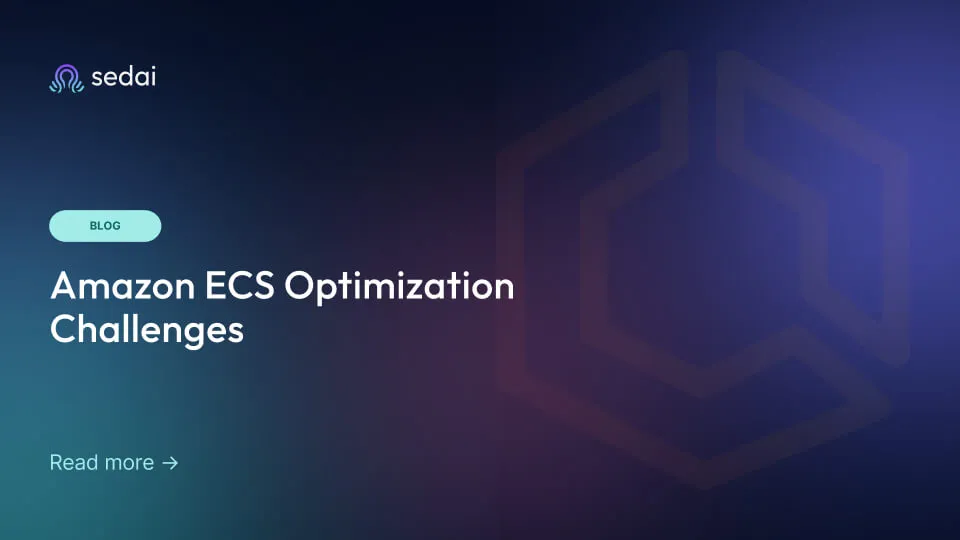
Successful ECS optimization impacts financial performance including both cost savings through reduced overprovisioning and discount management, and revenue gains from application performance and latency gains. While ECS offers a range of controls and strategies, including rightsizing and utilizing spot instances, implementation is complex when managed with manual methods.
Read full storyFCIs Are the New Availability
.webp)
Failed Customer Interactions (FCIs) are a valuable metric measuring customer experience that accounts for the declining usefulness of time based measures such as uptime in microservice based architectures. It provides valuable insights into system availability from a customer-centric standpoint.
Published on
April 26, 2024
The Value of Autonomous Cloud Management

Cloud cost and time savings drive the "above the surface" benefits of autonomous cloud management, but "below the surface" benefits including customer experience gains, release quality, employee retention and adaptability contribute to the overall value realized from autonomous cloud management.
Published on
March 26, 2024
Four Business Case Benefits of Autonomous Cloud Management
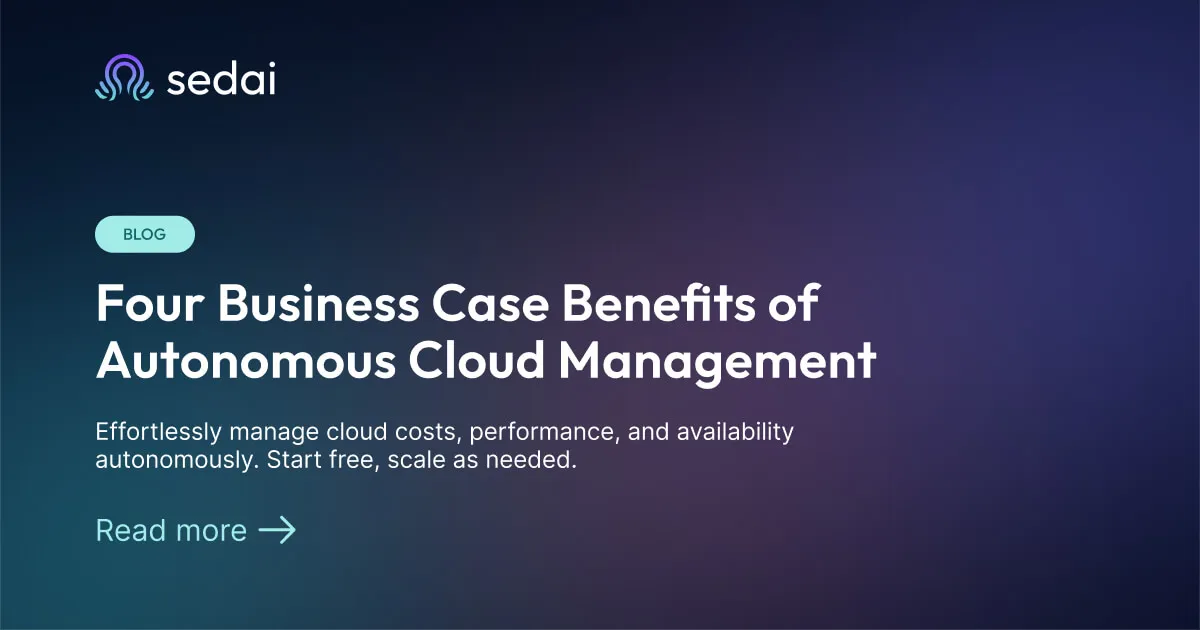
Your autonomous business case should consider cloud cost savings, performance gains, availability improvements and time savings. Operations teams looking to adopt autonomous optimization need to show business value to get buy-in from leadership.
Published on
March 26, 2024
Ten Predictions for Autonomous Cloud Management in 2024

Predictions for the how, where, and why of autonomous cloud management adoption in 2024.
Published on
January 4, 2024







.webp)

.webp)

.webp)





.webp)


.webp)

.webp)

.webp)

